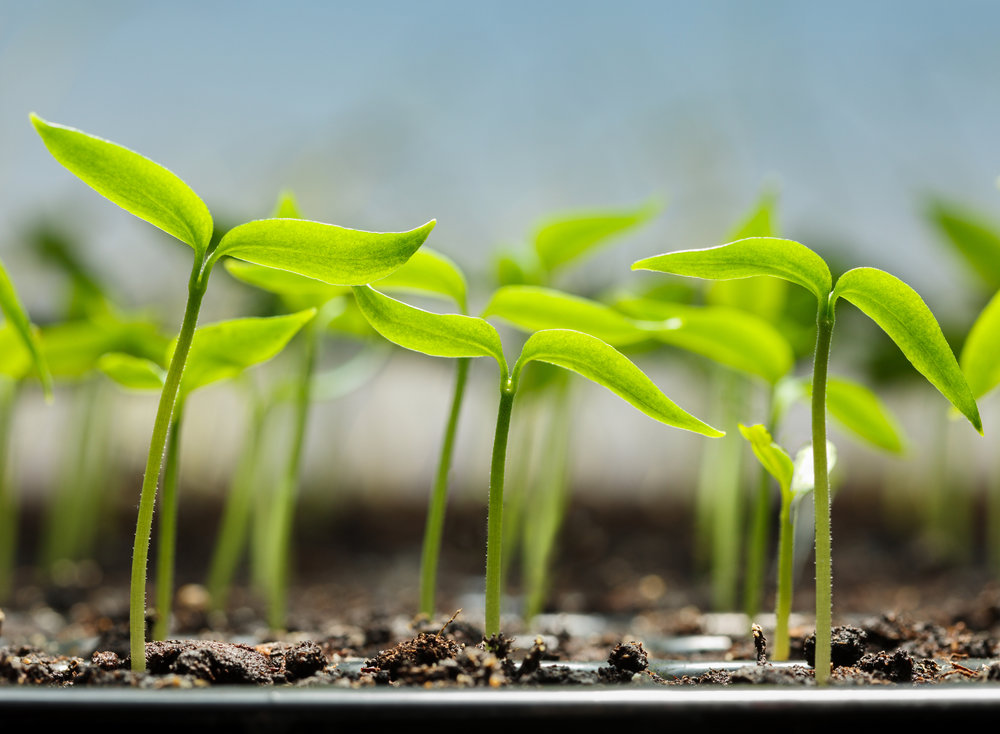Agriculture production needs to substantially increase to meet the rising demands of the growing global population. To achieve sustainable food security, we need new plant varieties with enhanced traits like increased yields, biotic and abiotic stress tolerance. Plant phenotyping plays a crucial role in developing such improved crop varieties by enabling researchers to better understand the genetic basis of important plant traits.
What is Plant Phenotyping?
Plant Phenotyping refers to the process of systematically measuring and analyzing the morphological and physiological characteristics (phenotypes) of plants under different environmental conditions. It involves observing traits like plant architecture, growth rate, biomass, flowering, disease/pest resistance, responses to water, nutrients, temperature etc. over the plant’s life cycle from seed to maturity. By capturing detailed phenotypic data, scientists can correlate plant qualities with their underlying genomic variations or interactions with the surroundings. This helps identify the genes that control key agronomic traits.
Manual phenotyping was tedious and time-consuming, limiting the speed of crop improvement programs. Recently, advanced imaging and sensor technologies have revolutionized plant phenotyping. High-throughput phenotyping platforms now enable automated, non-destructive and repeat imaging of plant populations in controlled environments or fields. Trait data collection is rapid and less labor-intensive. Computer vision and machine learning then analyze the image data to quantify complex phenotypes at a much larger scale and high resolution than before.
Importance of Phenotyping in Plant Breeding
Traditional crop breeding relied primarily on phenotypic selection based on field observations. However, developing new varieties with desirable traits through conventional breeding alone is a slow process. With the sequencing of plant genomes now feasible and affordable, plant breeders can more quickly identify robust marker trait associations that speed up selection. However, they need detailed phenotype information to uncover the genetic architecture underlying economically important traits. This is where high-throughput phenotyping helps significantly.
Phenotyping allows breeders to screen large, genetically diverse plant populations for quantitative traits controlled by several genes as well as minor genes with small effects. It enables evaluation of genotypes in multiple environments, essential to develop climate-resilient cultivars. The improved throughput and resolution of phenotyping accelerate the breeding cycle by narrowing the number of lines for field testing. This conserves resources and shortens the time needed to deliver new varieties with improved yield, nutrition, biomass and stress tolerance potential.
Heading: Major Applications
Genetic Mapping and Gene Discovery
Comprehensive phenotypic data from plant populations facilitate genetic mapping studies to pinpoint genomic regions and individual genes associated with traits of interest. For example, researchers used 3D phenotyping platforms to observe variation in root architecture among maize hybrids. They mapped important root quantitative trait loci (QTLs) linked to drought tolerance using this trait information combined with molecular marker data. Such endeavors provide fundamental insight into the genetic control of agronomically significant phenotypes.
Genomic Selection
Genomic selection, commonly used in animal breeding, leverages genome-wide molecular markers and phenotypes in training populations to predict breeding values and select superior lines. High-throughput phenotyping delivers robust phenome data enabling precise genomic prediction models for complex traits. This technique has great potential to boost the rate of genetic gain in plant breeding programs. For example, researchers developed genomic selection predictors for yield and morphological traits in wheat using phenotypic data captured by imaging systems.
Stress Physiology and Adaptation Studies
Understanding how plants sense and adapt to biotic and abiotic stresses is key to developing resilient varieties. Phenotyping platforms facilitate non-invasive monitoring of stress responses over plant development at scales not possible earlier. Trait data from such evaluations aids functional analyses to discover stress tolerance mechanisms. Researchers evaluated sorghum genotypes for drought response traits like canopy wilting using automated platforms. This improved understanding of drought adaptation strategies with implications for breeding climate-smart crops.
Heading: Emerging Technologies
Unmanned Aerial Systems (UAS) for Field-based High-throughput Phenotyping
Field conditions better represent the genetic-by-environment interactions of agricultural production. UAS or drones equipped with multispectral, thermal and 3D imaging sensors help overcome limitations of ground/laboratory phenotyping systems by enabling rapid, repetitive, non-destructive phenotyping of segregating populations and breeding nurseries in actual field settings. UAS collect high-resolution phenotypic data for key abiotic and biotic stress responses at different growth stages in large-scale plots.
Hyperspectral Imaging and Spectroscopy
Hyperspectral sensors and spectroscopy techniques capture phenotypic information across a wide electromagnetic spectrum beyond the visible bandwidth. This aids detection of subtle physiological and biochemical changes in plants. For example, hyperspectral imaging and spectroscopy aided identification of plant nutrient deficiencies by revealing distinctive spectral signatures. Researchers measured protein, pigment and water content variations in wheat using hyperspectral tools to phenotype for quality traits.
Sensor Fusion and Multimodal Imaging
Combining data from different sensor modalities provides a deeper understanding of plant traits than any single platform alone. Integration of imaging types like RGB, multispectral, thermal, 3D, hyperspectral along with environmental and plant physiological sensors empowers comprehensive field and laboratory phenotyping. Phenotiki, a European initiative, developed multimodal sensor carts and workflow for extracting standardized multidimensional phenotype descriptors from diverse plant imaging outputs. This maximizes phenotypic informationextracted.
Phenomics Research and Big Data Management
Large-scale phenotyping generates vast image and trait datasets qualifying as “big data”. Analyzing such volumes requires integrated bioinformatics, computing and database infrastructure to effectively handle data acquisition from multiple sources, extract phenotypic metrics, associate genotypes, perform statistical analyses and knowledge mining. Phenome centres established worldwide facilitate collaborative open-access research using advanced cloud/HPC computing solutions to unlock phenomics big data potential.
To meet rising global food needs sustainably, accelerated genetic gains are imperative in major food crops using both conventional and modern breeding approaches. High-throughput plant phenotyping powered by cutting-edge imaging and sensor technologies plays a catalytic role in bridging genomics to agriculture. It aids comprehensive trait dissection and selection of climate-resilient high-yielding varieties within reduced timeframes. As phenotyping capabilities continue to progress, they will transform plant breeding to deliver climate-smart crops vital for global food and nutritional security.
*Note:
1. Source: Coherent Market Insights, Public sources, Desk research
2. We have leveraged AI tools to mine information and compile it



